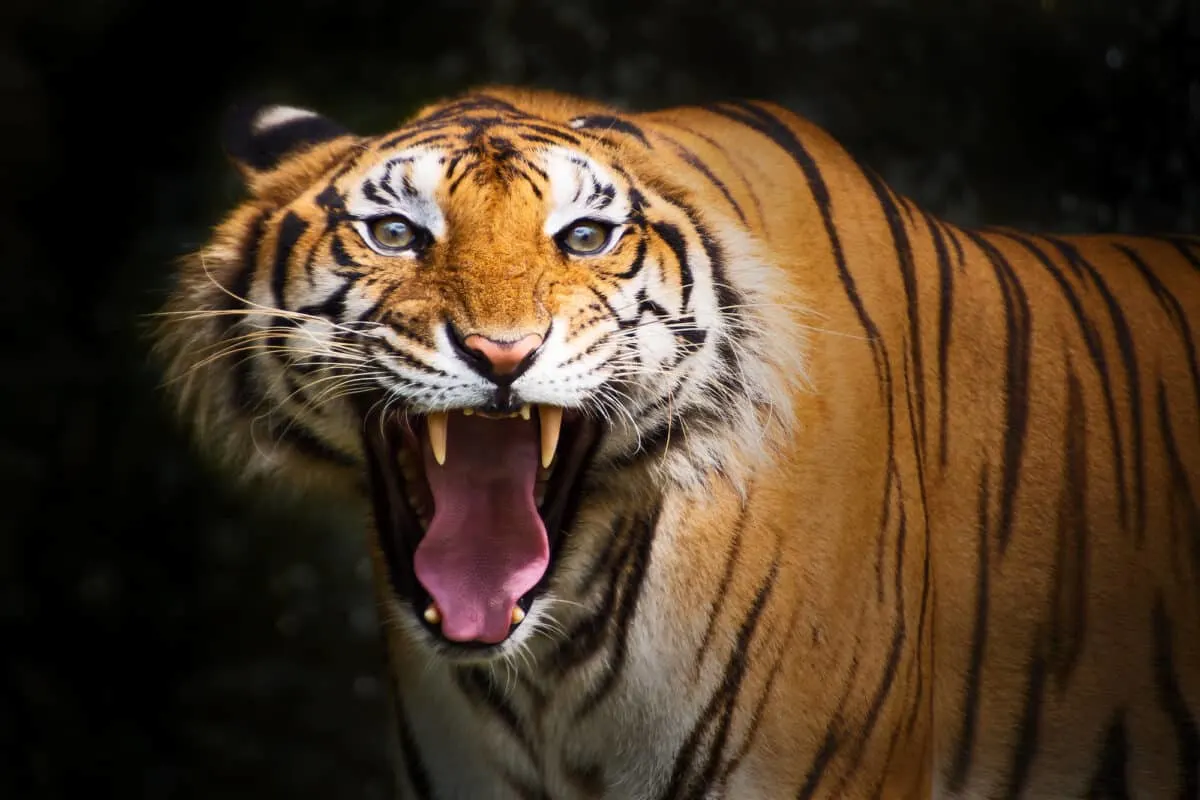When it comes to evaluating the power of two different species, it is clear that an epic battle awaits. Imagine a Bengal tiger versus a Western Diamondback Rattlesnake – who would come out on top? This is an age-old debate that has pitted naturally powerful creatures against one another time and again.
But this time, we are here to definitively answer this question: which animal will emerge victorious when these two forces collide? In today’s article, we’ll take a deep dive into what makes each species unique so you can decide whose strength reigns supreme for yourself.
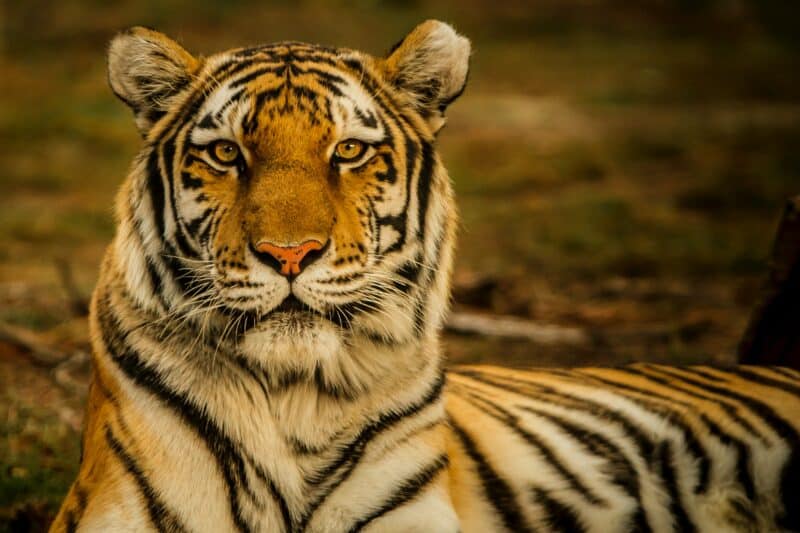
Jump to any section below!
Comparison Table
| Features | Bengal Tiger | Western Diamondback Rattlesnake |
| Scientific Name | Panthera tigris | Crotalus atrox |
| Appearance | Orange coat with black stripes | Diamond-shaped patterns and rattling tail |
| Size and Length | Weight: Up to 550 pounds Length: Up to 10 feet | Length: Up to 7 feet |
| Hunting Skills | Stalks and ambushes its victims | Use heat-sensing pits to locate prey; injects venom |
| Prey Preference | Deer, wild bear, Buffalo | Rodents, birds, lizards |
| Behavior | Solitary nature, hunts alone | Patient hunters, wait for prey to strike |
| Hunting Tactics | Stealthy approach, ambushes prey | Stealthy approach ambushes prey |
| Threat from humans | Habitat destruction, poaching | Habitat loss, direct persecution |
An Overview Of The Two Species

The Bengal Tiger, scientifically known as Panthera tigris, is the national animal of India and is known for its magnificent stripes and strikingly gorgeous appearance. They are apex predators with great hunting skills.
However, the Western Diamondback Rattlesnake, scientifically known as Crotalus atrox, is a venomous snake commonly found in southwestern North America, including Arizona, California, and Texas. Their name comes from the diamond-shaped markings on its back and rattle, which it uses as a warning signal when threatened.
Comparing The Physical Attributes

As fascinating animal kingdom creatures, the Bengal Tiger and the Western Diamondback Rattlesnake have unique physical attributes. The Royal Bengal tiger is a majestic big cat found in Bangladesh, Nepal, and Bhutan. Their characteristic orange coat and black stripes make them one of the most recognizable animals.
In addition, the Bengal tigers may weigh up to 550 pounds and grow up to 10 feet long, making them one of the most giant cats on the planet. Moreover, they are strong swimmers and excellent hunters, due to their camouflage that helps them sneak up on their prey.
On the other hand, the Western Diamondback Rattlesnake has a distinct diamond-shaped pattern and rattling tail, making them easy to recognize, but caution should always be taken around them. These snakes can grow up to 7 feet in length and have venom that can be fatal to humans. They are adept hunters, relying on their heat-sensing pits to detect prey.
Check out: Alaskan Malamute Vs. Bearded Collie.
Comparing The Behavior Of The Two Predatory Species
As wonderful and terrifying creatures of the animal kingdom, the Bengal Tiger and the Western Diamondback Rattlesnake have unique behaviors and habits. The Bengal Tiger, one of the biggest cats in the world, is known for its solitary nature, preferring to hunt and roam alone. Their preferred prey includes deer, wild boar, and buffalo, but they are also known to hunt minor game like birds and monkeys.
In contrast, the Western Diamondback Rattlesnake is a venomous snake that is found in the southwestern United States. One of their unique features is their distinctive rattle, which they use to warn other animals of their presence. They feed on rodents, birds, and lizards, and they are the kind of predators who wait for their prey before striking quickly and accurately.
The Hunting Tactics of the Bengal Tiger and the Western Diamondback Rattlesnake
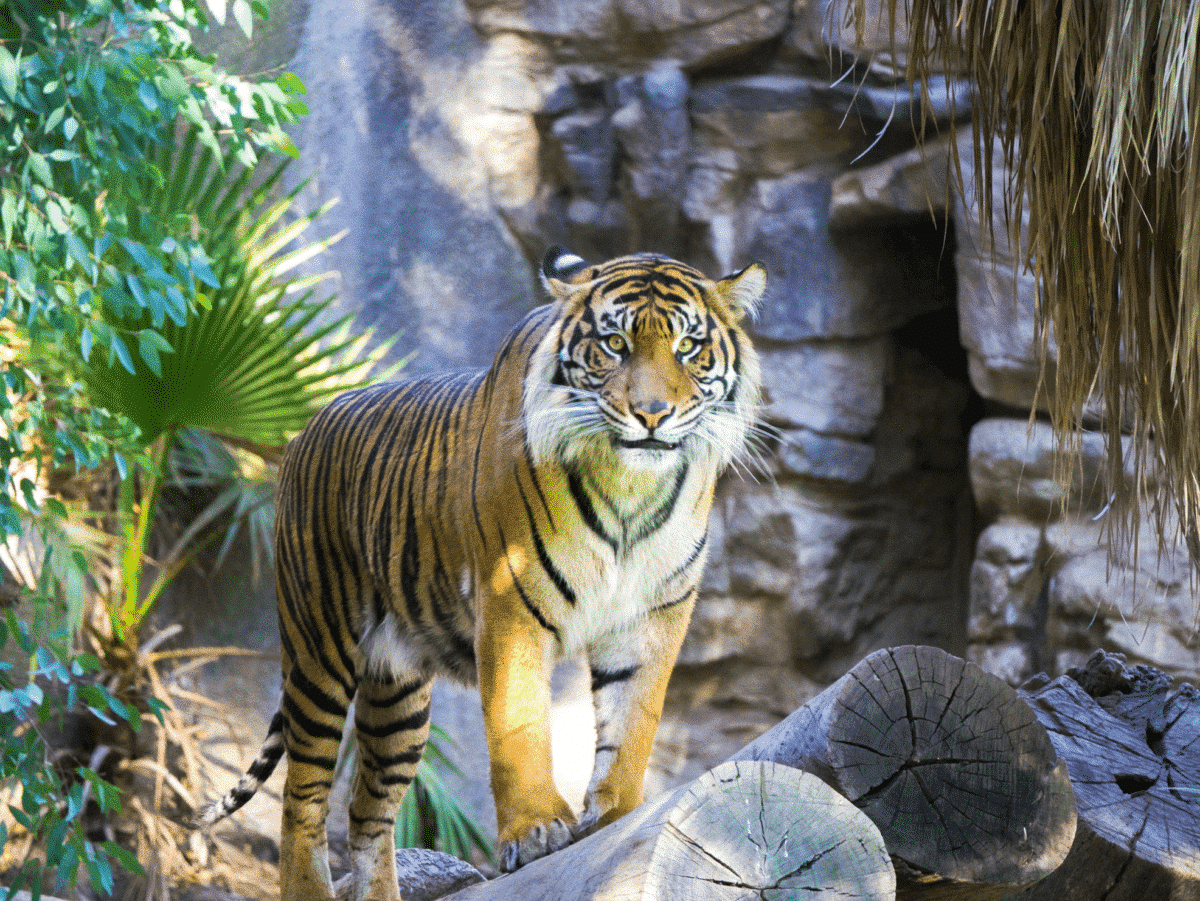
The Bengal Tiger is a top predator in its natural habitat, known for its stealthy approach when hunting prey. With its orange coat and black stripes acting as a natural camouflage in the forest, the tiger uses its keen senses to stalk and ambush its victims. It waits patiently in the bushes until its prey comes close enough to strike with incredible speed. The tiger’s muscular build also allows it to take down large prey like deer or buffalo quickly.
On the other hand, the Western Diamondback Rattlesnake may not have the same size advantage as the Bengal Tiger, but it makes up for it with its venomous bite. These snakes use their heat-sensing pits to locate prey in the dark, and thus, are known to be patient hunters. When they identify their target, they wait until the prey comes close enough for them to strike. The rattlesnake’s rattle may also deter potential predators, warning them of its presence.
The Impact of Humans On These Species’ Populations
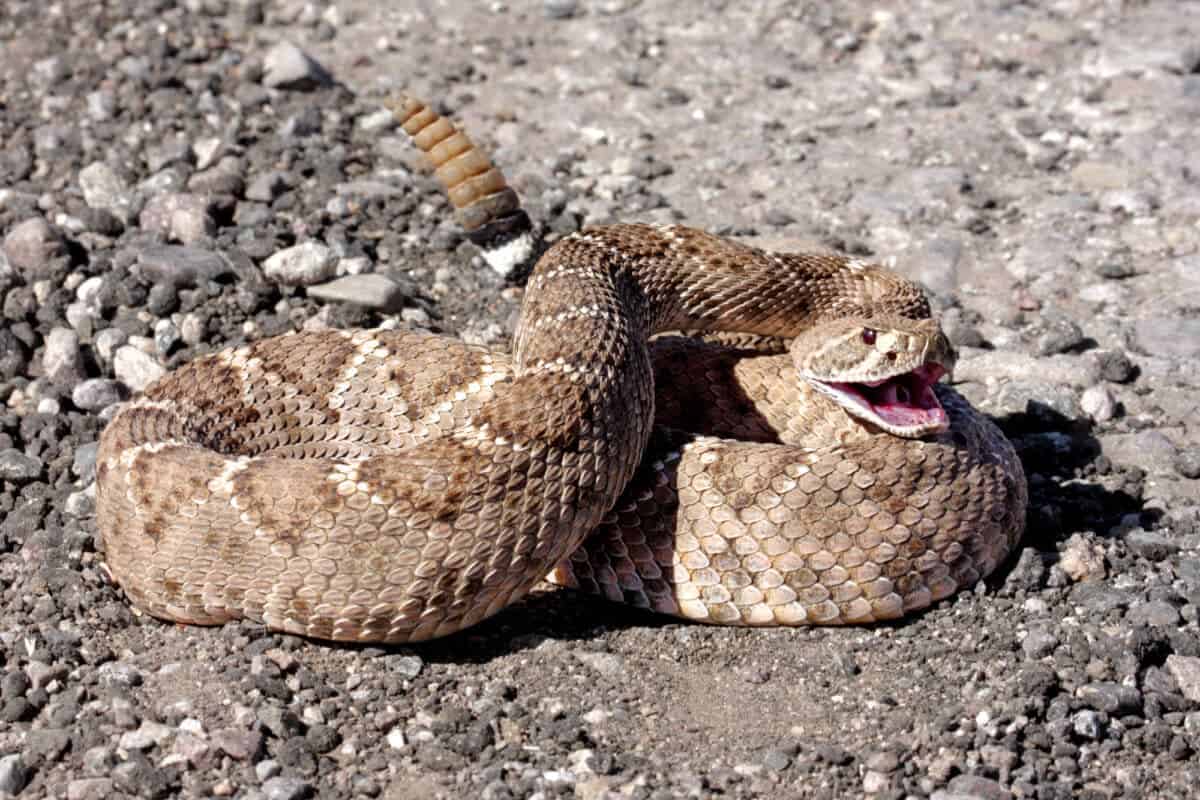
The Bengal Tigers once roamed freely through much of Asia. However, these cats are now critically endangered because of habitat destruction and poaching. It’s estimated that fewer than 2,500 individuals remain in the wild.
In contrast, while rattlesnakes are not endangered, they face several threats from human activity. Habitat loss due to urbanization and agriculture has reduced their natural range, while direct persecution from humans has also contributed to declining populations. However, rattlesnakes are still crucial to their ecosystems, as they feed on rodents and other small prey that can cause crop damage and spread disease.
Conservation Efforts For The Two Animals
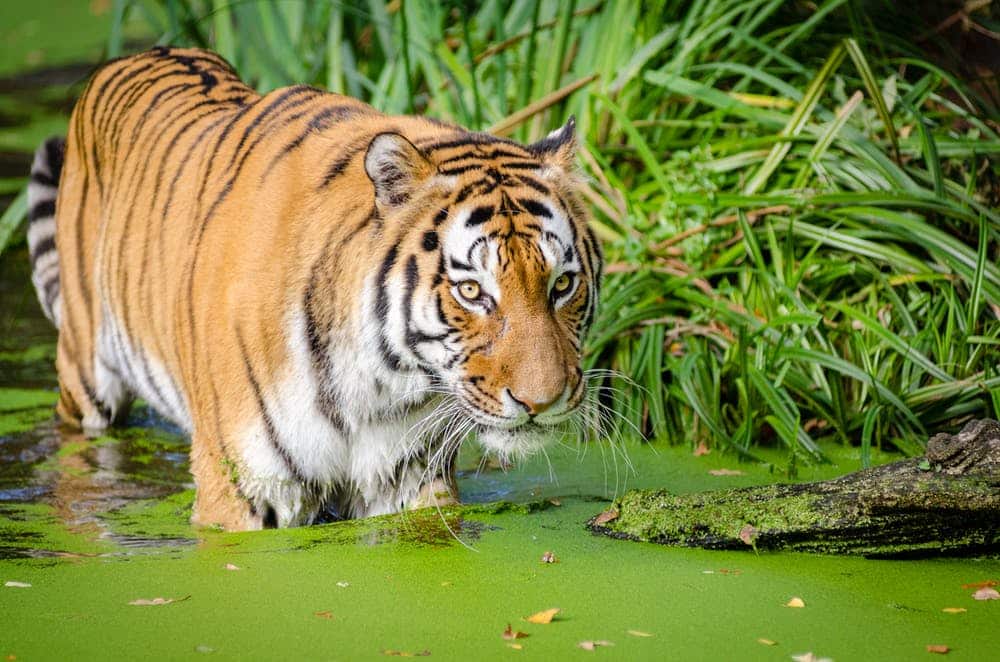
Conservation efforts for both species are crucial for maintaining a healthy ecosystem. Measures to protect the environment, reduce pollution, and promote sustainable practices can go a long way in preserving biodiversity.
The Bengal Tigers are on the verge of extinction. According to the latest reports, less than 4,000 individuals are left behind in the wild. Therefore, conservationists are working towards establishing protected areas and corridors for these magnificent creatures and sensitizing local communities to coexist with them. India, in particular, has several protected areas dedicated to saving the Bengal Tiger, including Bandhavgarh, Kanha, and Satpura National Parks.
The Western Diamondback Rattlesnake is endemic to the deserts of North America, extending from Mexico to California. Although not listed as endangered, its habitat is constantly shrinking due to urbanization and agricultural expansion. They are sometimes hunted for their skin and meat and are accidentally killed by humans due to a lack of awareness. To help preserve this species, conservationists suggest limiting development in their habitat, providing alternative livelihoods to communities dependent on hunting and ranching, and promoting awareness among locals and tourists alike.
FAQs
A Bengal tiger is a carnivore with immense physical strength, agility, deadly sharp claws, and jaws, even more significant than themselves. In contrast, the Western diamondback rattlesnake is venomous, its bite can poison humans and other animals. Additionally, they use their rattle as a warning signal to keep predators at bay.
Bengal tigers have incredible strength and speed, capable of taking down prey five times their size. Western diamondback rattlesnakes possess venom, which can lead to paralysis and even death. It’s hard to compare the two directly. As one is a predator, and the other is more of an ambush predator and is highly dangerous.
Bengal tigers and Western diamondback rattlesnakes are formidable hunters. They have powerful jaws, and sharp claws, respectively, while the rattlesnake utilizes its venomous bite. Both species are territorial and aggressive when provoked and have some strength and prowess.
Key Points
| Bengal tigers may weigh up to 550 pounds and grow up to 10 feet long. |
| Western Diamondback Rattlesnakes can grow up to 7 feet in length and have venom that can be fatal to humans. |
| The Bengal Tiger is a top predator in its natural habitat, known for its stealthy approach when hunting prey |
| Western diamondback rattlesnake is venomous, its bite can poison humans and other animals. |
| With its size, strength, and speed, the Bengal tiger stands a greater chance of overpowering the snake in a battle. |
The Bottom Line
While both the Bengal tiger and Western Diamondback Rattlesnake have unique characteristics that make them formidable foes, it is clear that the tiger is the superior powerhouse. With its size, strength, and speed, the Bengal tiger stands a greater chance of overpowering the snake in a battle.
However, it is essential to note that snakes have advantages. Such as their venomous bite and ability to camouflage, making them difficult to detect and avoid. Ultimately, in a hypothetical scenario where the two species were to face off, it is likely that the Bengal tiger would emerge as the victor.
If you enjoyed this article as much as me, see below for our related article links!
Next up:
- Bernese Mountain Dog
- The Greenland Shark
- The Largest School of Spinner Dolphins
- Whale Sharks
- Tiger Shark Encounters
- The Great White Shark: Apex Predator of the Ocean
- Gorilla And Anaconda In Focus
- Watch: Lizard Greets Man like a Dog! - April 25, 2024
- Mama Deer Is So Worried About Her Baby - April 25, 2024
- Watch Innocent Baby Bird Walks up to Leopard – Wild Ending! - April 25, 2024

